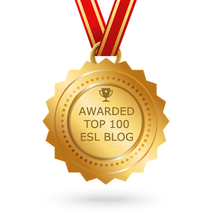What effective readers and mathematicians have in common and how we can capitalize on that!8/12/2017
By identifying what effective readers and effective mathematicians do, we can use the strengths from one content area to capitalize on the other.
After attending the Title III Symposium in Austin this July, I began to reflect on one session I saw in particular. The presenter was Alex Kajitani, California Teacher of the Year, and his session was titled, How to Connect Math and Literacy: Get Students Reading, Writing, and Speaking in Math Class. Now, I don't claim to be an expert in the area of math, but I know a thing or two about students, reading, writing, and language development. I was immediately taken in because he connected my knowledge of those things with math (something more new to me).
These supporting documents have been in high demand and are in various blog posts on this blog. So I decided to put them all in one post for easy access. This is a one stop shop where you can find the supporting documents to shelter instruction in the content areas. Please feel free to share them with your teacher colleagues as they are meant to help all educators and students. These supports are not just for English Language Learners. ALL learners who need extra help will benefit!
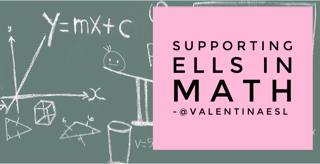 I must confess. I'm not a math specialist. In fact, as a classroom teacher, I've never taught math myself. I have supported math as an ESL Specialist in a co-teach position but never taught my own math class. However, what I can offer are linguistic supports for teaching in a math setting. The misconception out there is that math is a universal language. This is far from true. Math is supported by language and if students are learning English, then learning math in their target language can be a struggle. If you take anything away from this document, I hope it's that your ELLs NEED to talk about math using key vocabulary and may need sentence stems as scaffolds for conversation. Talk, or academic conversation, helps students develop language while internalizing learning, negotiating for meaning and cementing learning. Please feel free to share this document with others as I hope it benefits language learners. If you have other suggestions or comments regarding math and ELLs, they are welcome here. Resources I leaned upon: Bresser, R., Melanese, K., & Sphar, C. (2009). Supporting English language learners in math class: grades 3-5. Sausalito, CA: Math Solutions Publications. Bresser, R., Sphar, C., & Melanese, K. (n.d.). Supporting English Language Learners in Math Class, Grades K-2. Driscoll, M., Nikula, J., & DePiper, J. N. (2016). Mathematical thinking and communication: access for English learners. Portsmouth, NH: Heinemann.
|
Categories
All
|
||||||||||||||||||||||||||||||
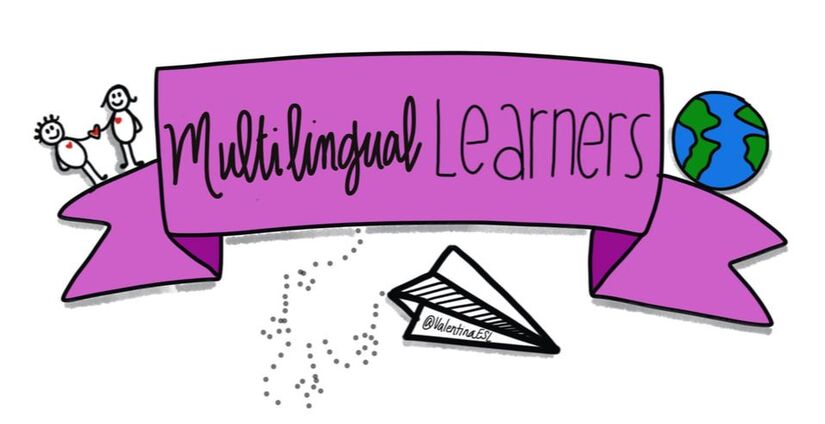
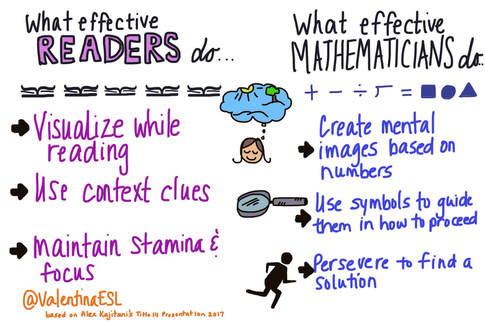
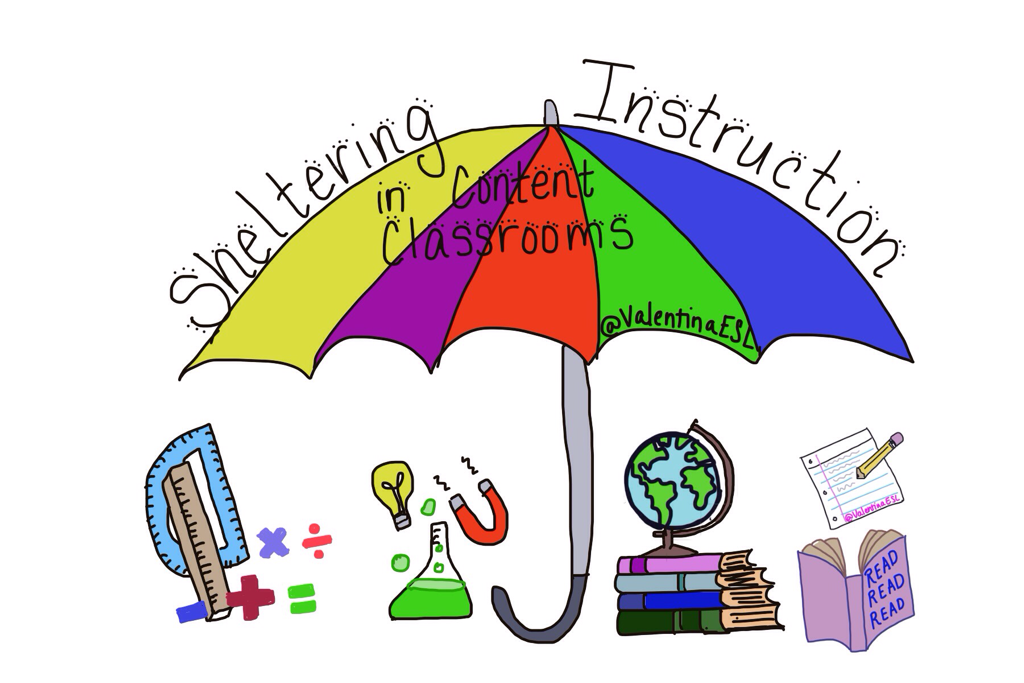
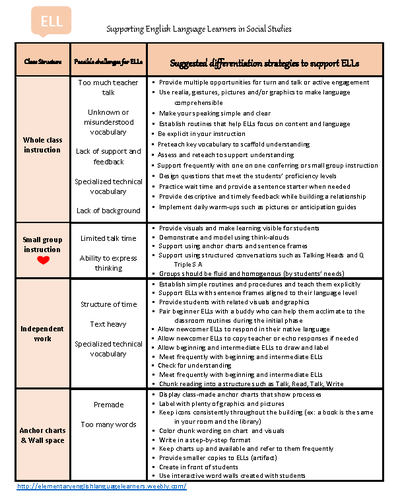
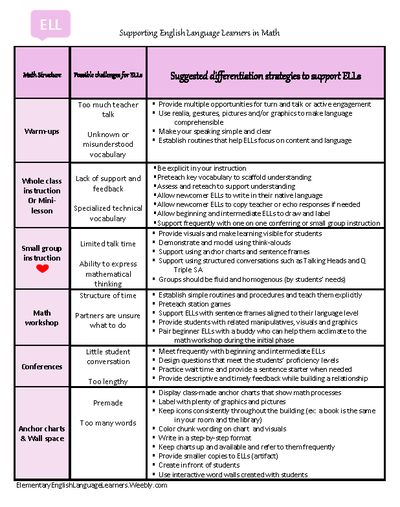
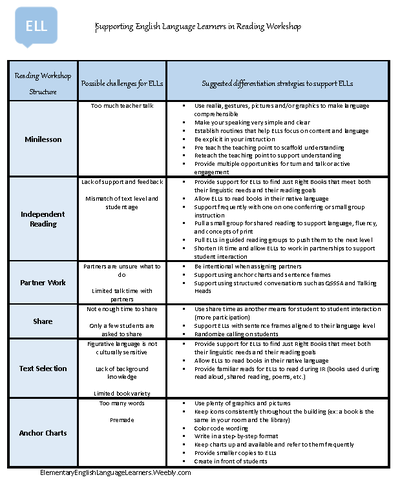

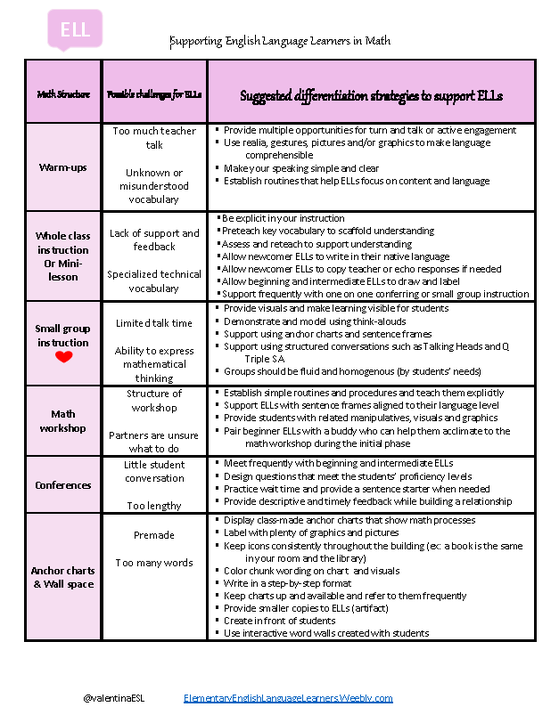
 RSS Feed
RSS Feed
